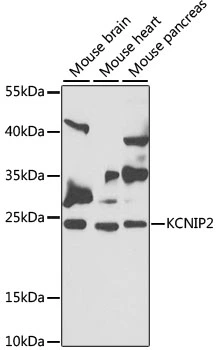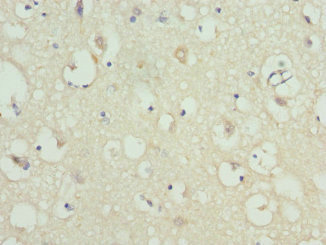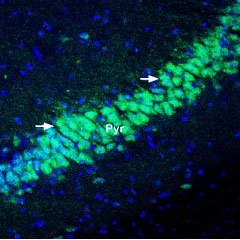KChIP2 antibody [N1C3]
GTX116483
Overview
- SupplierGeneTex
- Product NameKChIP2 antibody [N1C3]
- Delivery Days Customer9
- Application Supplier NoteWB: 1:500-1:3000. *Optimal dilutions/concentrations should be determined by the researcher.Not tested in other applications.
- ApplicationsWestern Blot
- CertificationResearch Use Only
- ClonalityPolyclonal
- Concentration1 mg/ml
- ConjugateUnconjugated
- Gene ID30819
- Target nameKCNIP2
- Target descriptionpotassium voltage-gated channel interacting protein 2
- Target synonymsA-type potassium channel modulatory protein 2; cardiac voltage-gated potassium channel modulatory subunit; KCHIP2; Kv channel interacting protein 2; Kv channel-interacting protein 2; potassium channel-interacting protein 2
- HostRabbit
- IsotypeIgG
- Protein IDQ9NS61
- Protein NameKv channel-interacting protein 2
- Scientific DescriptionThis gene encodes a member of the family of voltage-gated potassium (Kv) channel-interacting proteins (KCNIPs), which belongs to the recoverin branch of the EF-hand superfamily. Members of the KCNIP family are small calcium binding proteins. They all have EF-hand-like domains, and differ from each other in the N-terminus. They are integral subunit components of native Kv4 channel complexes. They may regulate A-type currents, and hence neuronal excitability, in response to changes in intracellular calcium. Multiple alternatively spliced transcript variants encoding distinct isoforms have been identified from this gene. [provided by RefSeq]
- Storage Instruction-20°C or -80°C,2°C to 8°C
- UNSPSC12352203
References
- Effects of candesartan on electrical remodeling in the hearts of inherited dilated cardiomyopathy model mice. Odagiri F et al., 2014, PLoS OneRead more






